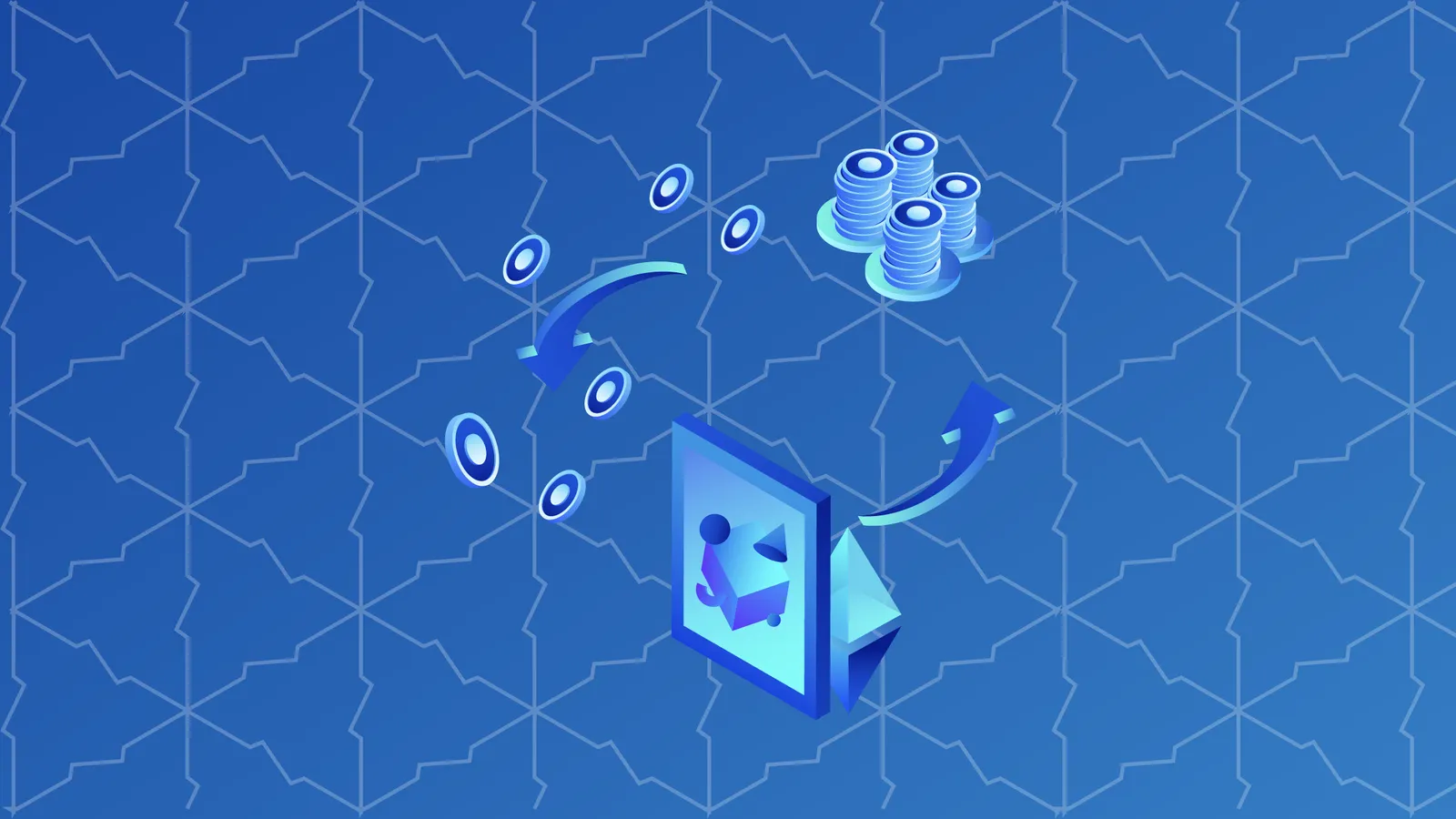Bitcoin started it all.
It was the first cryptocurrency, and it launched an industry that now includes thousands. But who invented it, how does it work, and why is it so important?
What is Bitcoin?
Bitcoin (BTC) is a peer-to-peer cryptocurrency whose transactions are logged on a public, decentralized, immutable ledger. This ledger, the blockchain, allows everyone to be witnesses to the transactions and to how they are verified.
Did you know?
The first official purchase using Bitcoin was for pizza in May 2010. Two pizzas from Papa John’s were exchanged for 10,000 BTC. May 22 is now known as Bitcoin Pizza Day.
For its proponents, Bitcoin's appeal was that it allowed for a way to pay for goods and services without relying on a centralized bank, government, or third-party credit provider.
Who invented Bitcoin?
No one really knows for sure. But the person (or persons) most directly responsible used the pseudonym Satoshi Nakamoto when they authored a white paper in October 2008 called "Bitcoin: A Peer-to-Peer Electronic Cash System." It was published on a small mailing list for cryptography fans.
Did you know?
Bitcoin mining uses a lot of electricity. So much so that one transaction consumes nearly 4,000 times the energy used when processing a credit card transaction.
What's so special about Bitcoin?
Bitcoin had qualities that no previous form of digital cash had ever gotten quite right:
- Decentralized: No one person or group owned or controlled it.
- Peer-to-peer: No third party (like a bank) needed to confirm and approve
- Borderless: Bitcoin could be moved easily across the world, for smaller fees and at faster speeds than traditional money transfers.
- Immutable: It's nearly impossible to change or tamper with blockchain transactions.
- Prevents double-spending: This was a problem many prior digital currencies had tried to crack before.
What is double spending?
Double spending is a potential exploit in cryptocurrencies that allows malicious actors to spend the same coins two or more times. To do this, fraudsters can send a transaction with a minimum fee and then immediately override it by increasing the fee (so miners will be incentivized to verify the more profitable new transaction first) and redirecting funds to a different address. Bitcoin's verification protocol can prevent this from happening.
How is Bitcoin created?
Picture gold under the ground. We know it's there, but its value is hidden until a miner digs it up. In the Bitcoin world, a miner unearths Bitcoins by using expensive computers to solve cryptographic puzzles in real time that "mine" bundles of transaction records ("blocks") to the blockchain.
Miners get rewarded for their efforts with a small amount of new Bitcoins, and the mining reward is halved every four years as a measure to slow the creation of new Bitcoins. In Satoshi Nakamoto's white paper, they said only ever be 21 million Bitcoins could be mined—so at the current rate, all Bitcoins will be mined by somewhere around 2140.
How do you acquire Bitcoins?
There are two ways to acquire Bitcoin:
- You can buy some using fiat currencies ($, £, or € for example) at crypto exchange sites. You’ll need a digital wallet and you'll get a set of keys that you'll use to access your holdings.
- You can become a miner by buying a mining rig, though the equipment is very expensive, and it takes a while to become profitable.
What is a Bitcoin wallet?
Like a regular wallet, it’s a place to keep your valuables—but digital. (Read more about crypto wallets in our handy guide.)
Did you know?
Around 25% of all Bitcoins have been lost from people losing their "keys," which you can think of as access codes. In November 2013, an IT consultant accidentally threw away a hard drive with the private keys to 7,500 Bitcoins. Whoops.
When it comes to Bitcoin, those valuables are your keys (strings of numbers and letters), held on a piece of software you can store on your phone, the web, or a computer. Or to be extra safe, you can write down your keys somewhere completely offline—aka "cold storage."
In order to buy and sell Bitcoin, you need both a private and a public key.
Your public key is what you share with other people so they can send you Bitcoin. Think of it as your address: It's OK for others to know it.
Your private key shouldn't be shared. When you trade, you use your private key to authenticate that it's you who's requesting to send or receive Bitcoin.
Cheat Sheet
- Bitcoin is decentralized, peer-to-peer, and prevents double-spending.
- Bitcoin is created by miners who compete to guess at, or come closest to, solving cryptographic puzzles in real time that "mine" bundles of transaction records ("blocks") to the blockchain.
- Bitcoin's verification protocol was designed partly to prevent the double spending problem.
- Bitcoin is peerless, peer-to-peer, immutable, and decentralized.
- In order to buy and sell Bitcoin, you need both a private and a public key.
- Bitcoin's inventor, the so-called Satoshi Nakamoto, authored a white paper in October 2008 called "Bitcoin: A Peer-to-Peer Electronic Cash System."
Up Next
Everything ever invented came about to solve an existing problem. In our next lesson, we'll learn how Bitcoin was designed to address problems in the traditional financial system.



